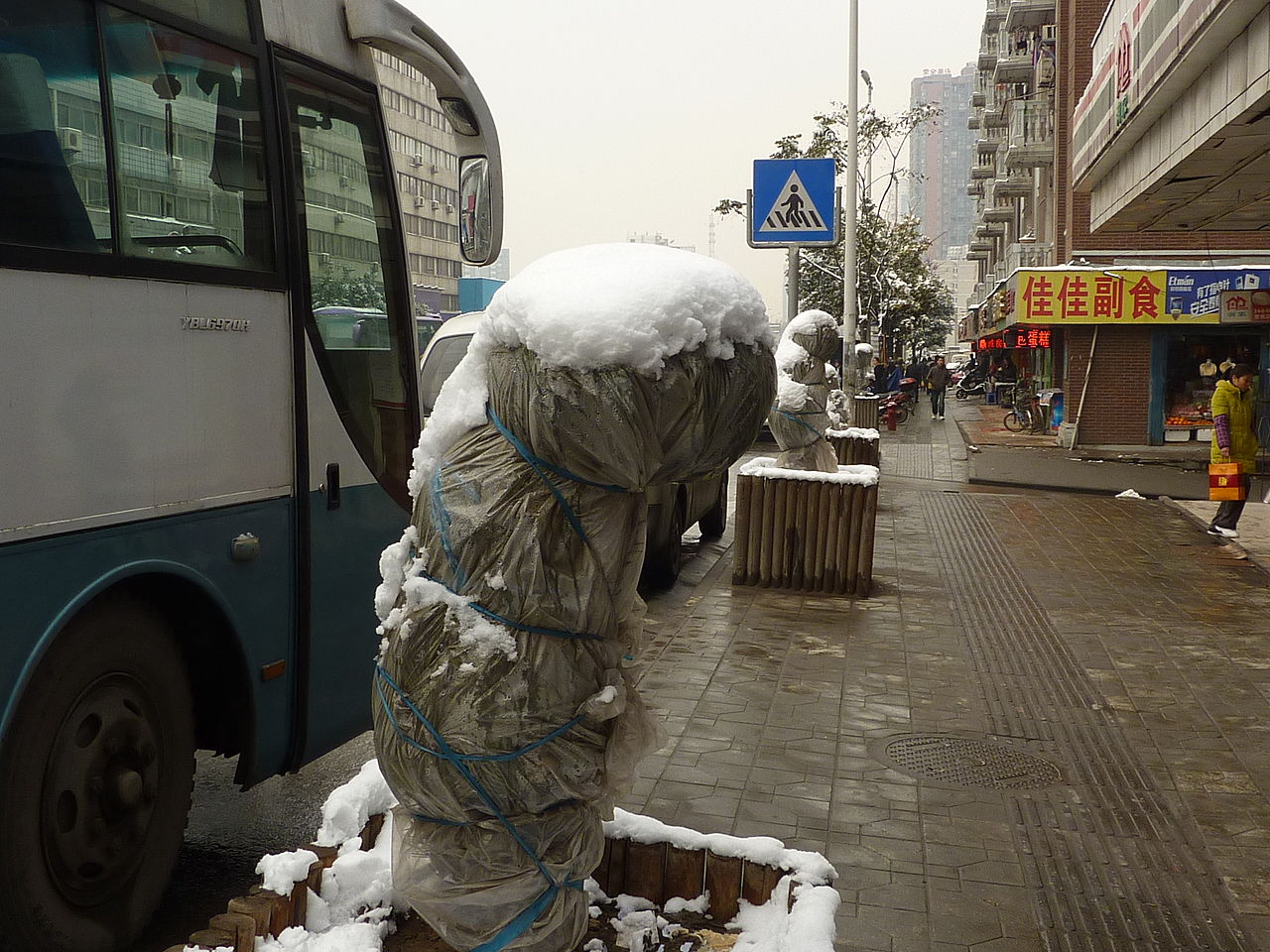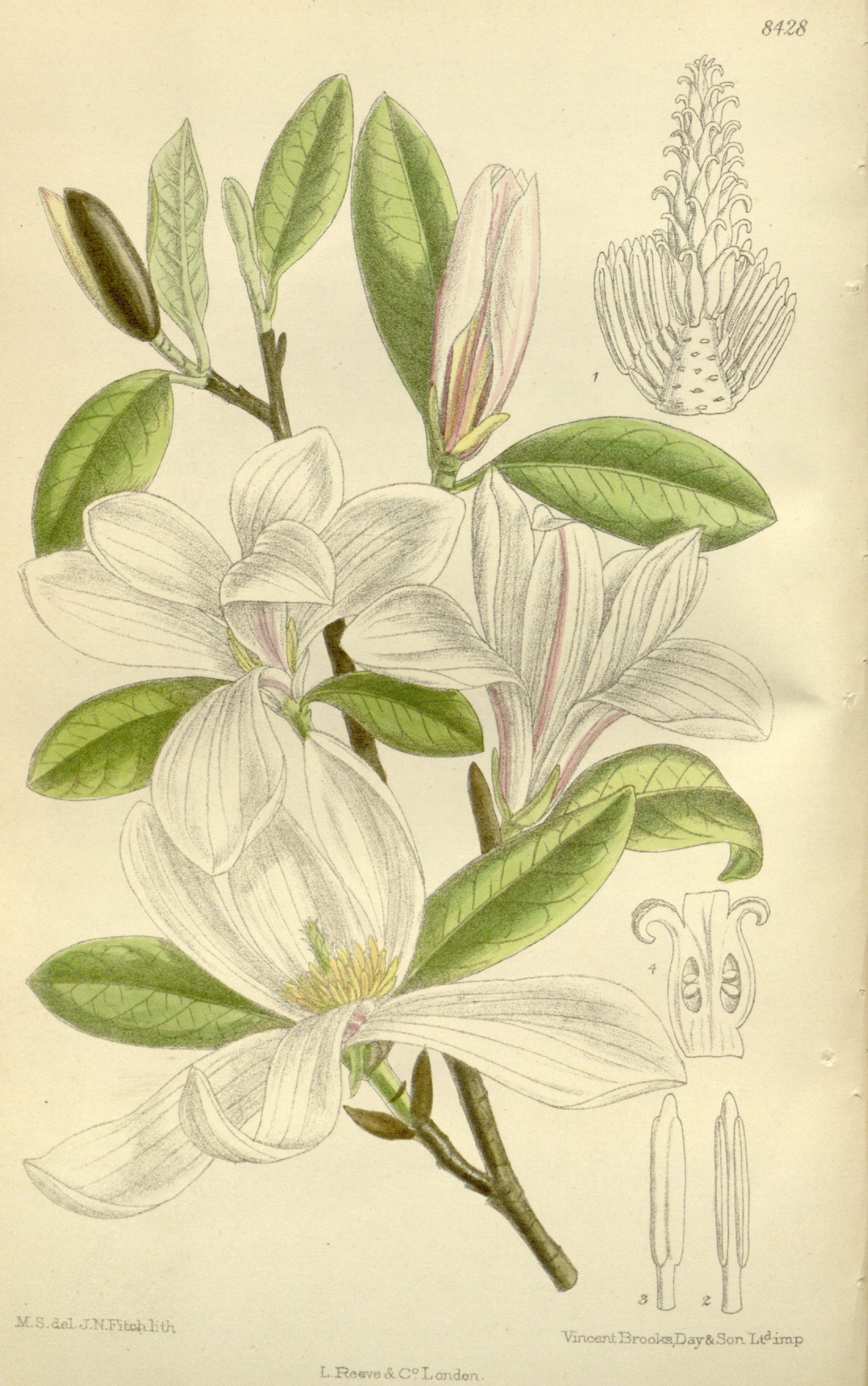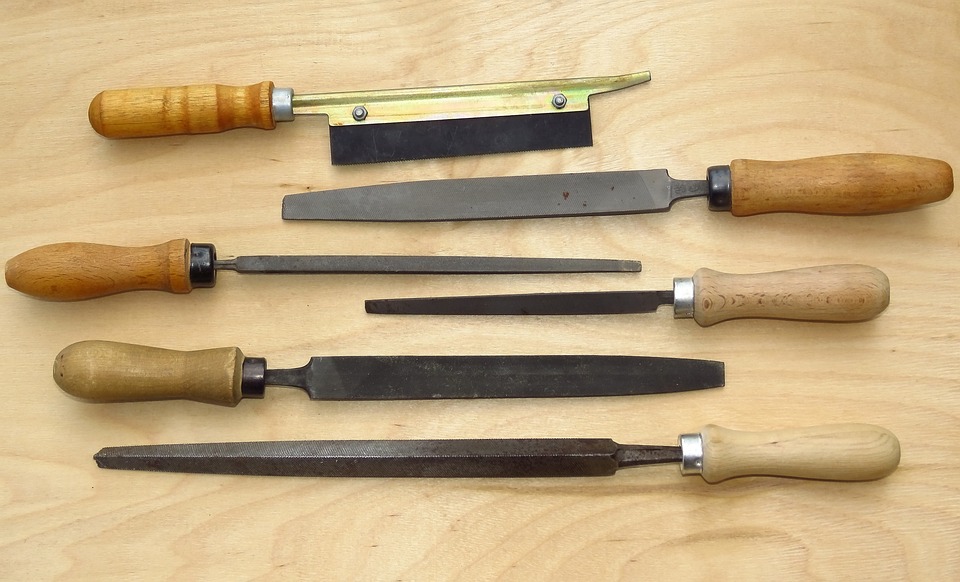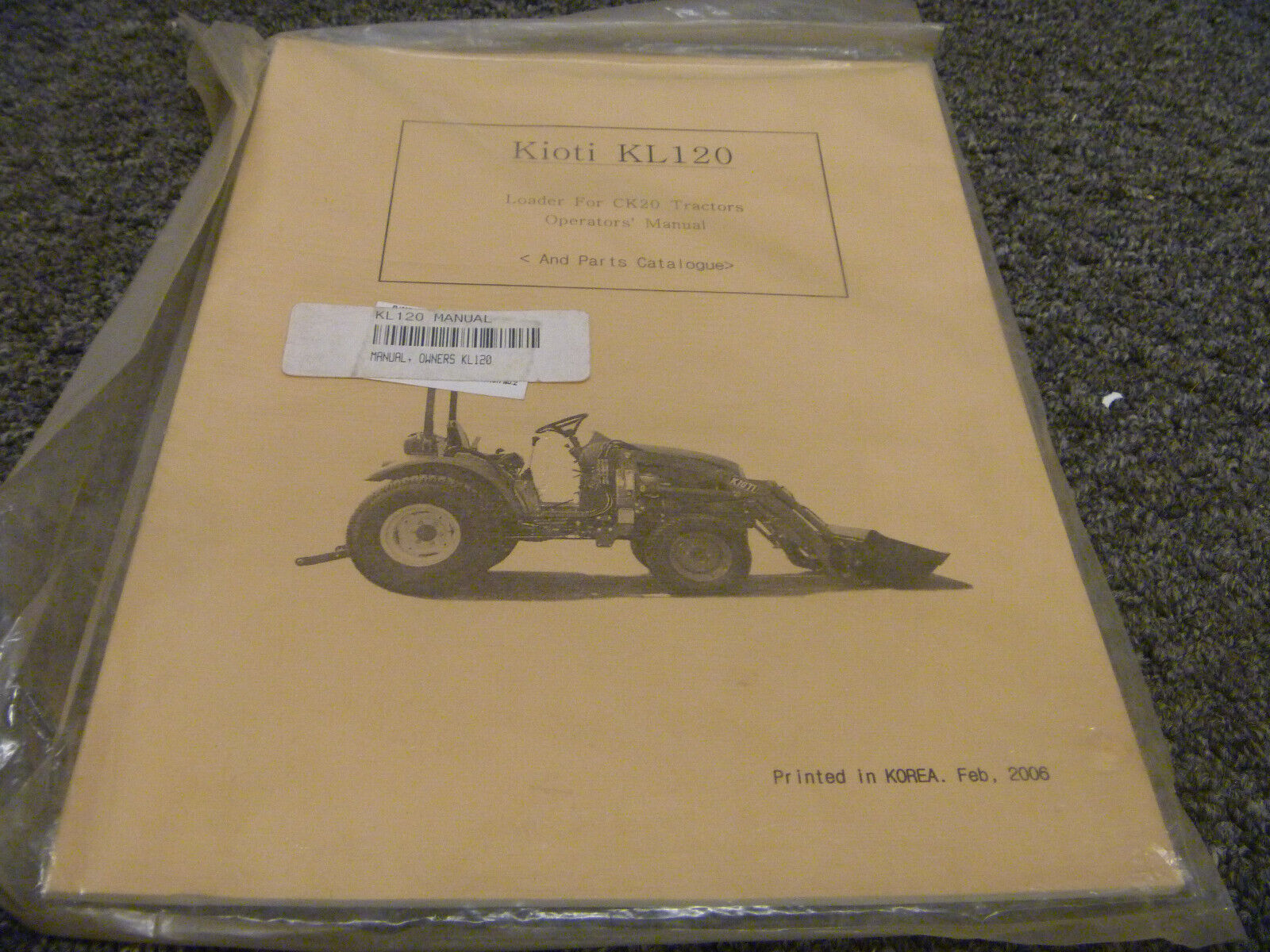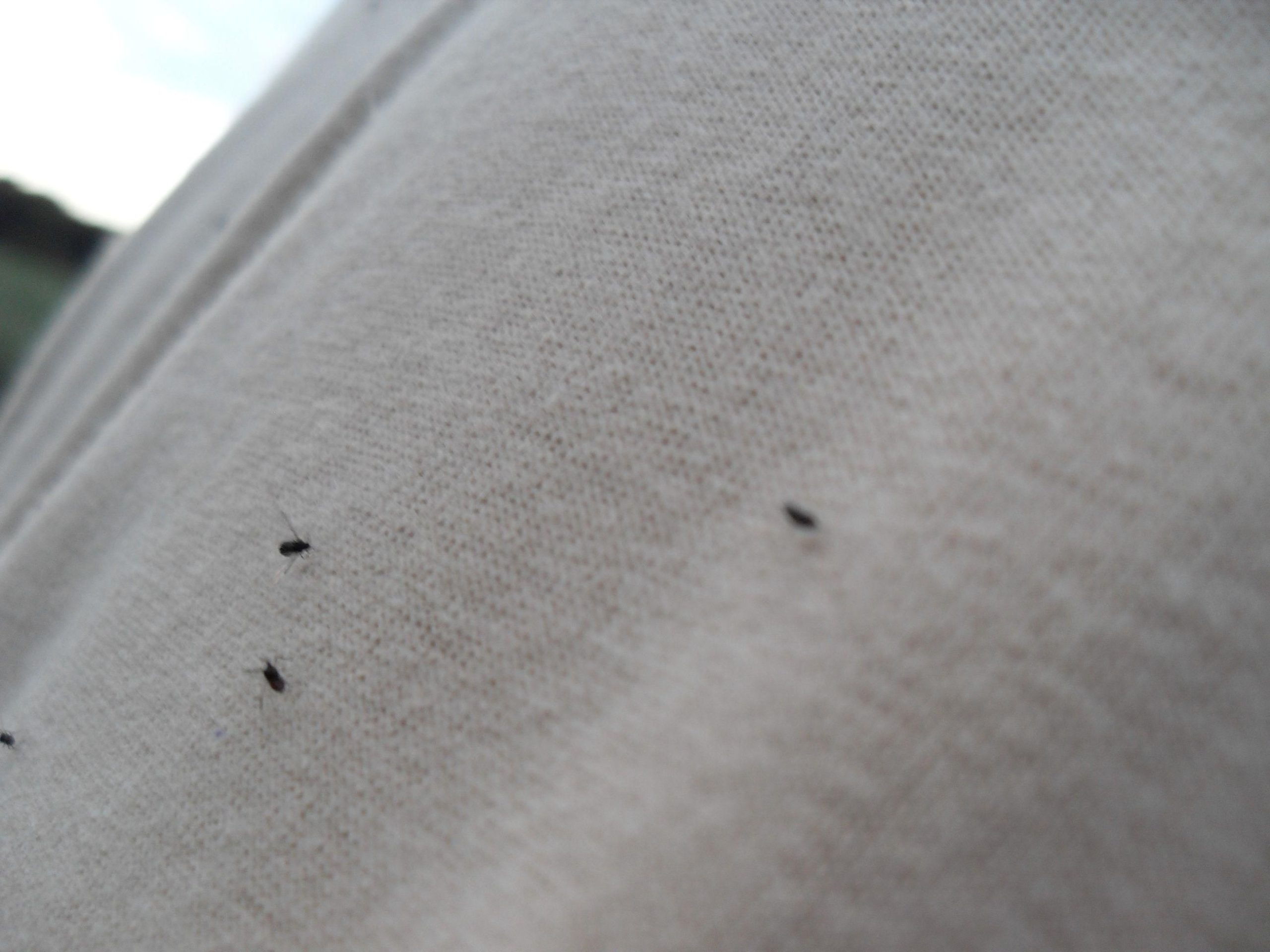We must realize that many of the perennial plants we grow in our gardens need special protection to live from year to year.
Some bulbs, corms, and tubers need to be dug and placed in storage for winter because they do not survive the temperatures out of doors. Those needing such treatment include gladiolus, cannas, dahlias, potatoes, tuberous begonias, and others. In milder climates, some of these can be left outdoors, but they would freeze in our region.
Many of the perennials we grow benefit from mulching as a form of winter protection. These include chrysanthemums, strawberries, and many other plants. A layer of clean straw applied so it covers the perennial bed to a depth of two or three inches usually suffices. Some mulches, like leaves, become wet and soggy, reducing soil aeration and smothering the crowns of some plants. Don’t apply winter mulches until after the plants have been subjected to some light frosts.
Raspberries benefit from complete covering with soil, especially where winter snows are unpredictable or uncertain. To make this easier, raspberries should be grown in a hedge row or hill system. When ready to cover, prune out all old canes that have borne fruit, since their productiveness is over – that is another of my backyard landscaping ideas. Bend over the young canes, and cover them completely with soil. Do not prune out any young canes until spring. Uncover the canes in spring as soon as the frost is out of the ground.
Mouse and rabbit protection of trees and shrubs is always important where these rodents are likely to cause damage. They can kill trees and shrubs by girdling at the base of the plants. Repellents containing endrin for mice and nicotine, nicotine sulfate, Arasan, and Tersan for rabbit control are effective. These products are brushed or sprayed on. Mesh wire fences around the base of trees are often used.
The mounding of tender hybrid tea and floribunda roses is advised in most of our region. Wait until after some light frosts have occurred. Don’t do any pruning. Mound the bases of the plants up to six inches with soil. Put a 12-inch wire fence around each plant and fill it in with leaves or other mulch so at least 12 inches of the canes are protected. Long ends poking out of the mulch should be left unpruned until spring.
